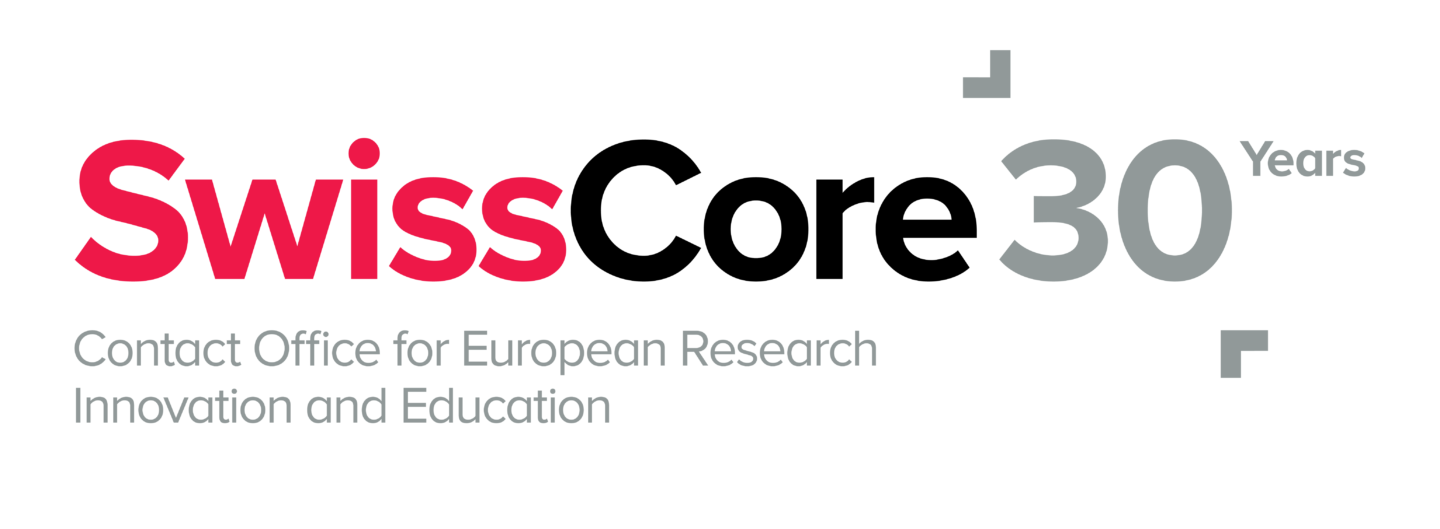President von der Leyen broke ground for the construction of the new European Semiconductor Manufacturing Company (ESMC) in Dresden to secure EU industry.
The political Brussels was on summer recess since late July until now. As the offices in the EU neighbourhood start to be busy again, a very interesting autumn semester is about to start: After her re-election as President of the European Commission (see SwissCore article), Ursula von der Leyen (VDL) is now constituting her Commission. She asked the EU Member States (MS) to submit their candidates for Commissioner until the end of August. She further requested all countries that are not renominating their current Commissioner to put forward both a male and a female candidate — however, the majority of countries have so far ignored that request and only publicly named a male candidate. In the coming weeks, VDL will assign each Commissioner-candidate their portfolio and all candidates will be invited to hearings in the European Parliament, which will have to confirm the new College of Commissioners this autumn.
While the political Europe was on summer break, there were new developments in the field of semiconductors and AI with great relevance. On 20 August 2024, the official ground-breaking ceremony of the new ESMC semiconductor fab was held in Dresden, together with German Chancellor Olaf Scholz and VDL. The new fab belongs to TSMC, the biggest chip manufacturer in the world based in Taiwan, and is run together in a joint venture with three European companies, namely the German Bosch and Infineon and the Dutch NXP. Based in so-called Silicon Saxony – a cluster of about 2’500 companies in the semiconductor industry with about 75’000 employees – the ESMC fab is the first of its kind in Europe with high-end quality. Due to this special case, the European Commission gave the green light for a whopping €5 billion state-aid from the German government for ESMC. In her opening speech, VDL gave her reasons why this opening is important for the EU as a whole: Not only does the new fab create thousands of jobs, it also creates more reliable supply chains for European industries that rely on semiconductors, such as for example the car industry. VDL sees this development in the bigger picture of assuring Europe’s competitiveness and industrial base in geopolitically uncertain times: “It is an endorsement for Europe as a global innovation powerhouse”. The EU is supporting the European semiconductor sector very concretely with the EU Chips Act that stipulates the goal to double the EU’s share in the global chips production to 20% by 2030. SwissCore had dedicated its annual event 2024 to the chips sector and the role of the EU and Switzerland in fostering chips research and development (see SwissCore article). More broadly, the EU support for this sector is an element of the Commission’s push to strengthen the EU’s competitiveness and industrial base. In her political guidelines for the next five years, VDL put investment and competitiveness at the centre of her second mandate. Investment in strategic technologies, such as semiconductors, will be centrepiece for many years to come (see SwissCore article). In Switzerland, the SwissChips Initiative coordinated by ETH Zurich spearheads the strengthening of chips research and development in a similar push.
Even earlier this month, on 1 August 2024, the EU’s AI Act entered into force. The main goal is to make AI trustworthy and safe in the EU. It harmonises rules and provides support for development and innovation. It introduces a risk-assessment approach for AI application: In the minimal risk category no restrictions apply, and a voluntary code of conduct is suggested. This category includes applications such as spam filters. In the second category, AI applications such as chatbots are obligated to full transparency as to what they are. This includes productions, such as deepfakes, that must be clearly labelled; all AI content has to be detectable as AI-generated. The third category of AI application is high risk and includes applications such as recruitment tools, AI robots, AI based education programmes. For these applications strict rules apply, for example, regarding the logging of activity, human oversight and cybersecurity. The final category is a list of prohibited applications of AI as they threaten fundamental human rights, such as predictive policing, social scoring systems, or emotional recognition systems. Now that the AI Act entered into force, the EU Member States have one year exactly to put a national surveillance system into place for the above-mentioned rules. The Commission’s new AI Office will implement the rules at EU-level. A new European AI Board will facilitate the cooperation between the Commission and Member States. There are hefty fines for violations, e.g. 7% of annual turnover for prohibited applications, 3% of annual turnover for other violations. Companies have one year to adapt to the rules (six months for prohibited applications). When it comes to supporting the development of AI in the EU, the EU has earlier this year adapted its EuroHPC regulation on supercomputing to boost AI. Concretely, the EuroHPC Joint Undertaking will develop and operate AI Factories and provide supercomputing facilities to EU AI startups to train their models. This amended act entered into force on 9 July 2024. However, given the rapid progress and change in AI innovation, it remains to be seen how up-to-date and relevant the EU’s regulatory work will remain in the near future.

